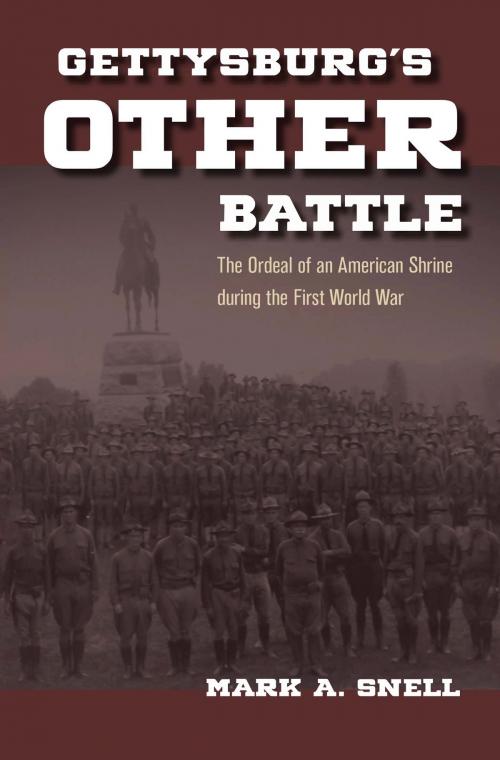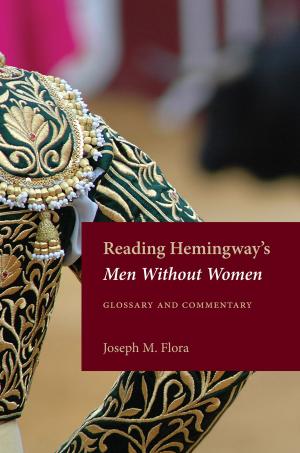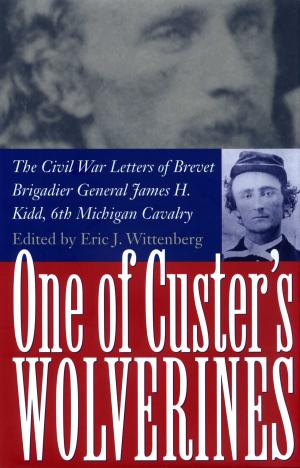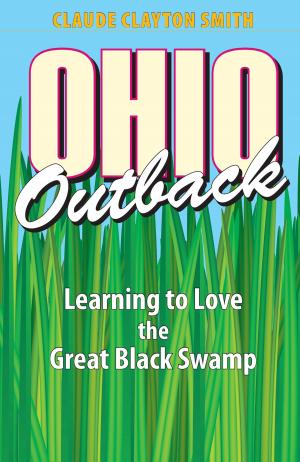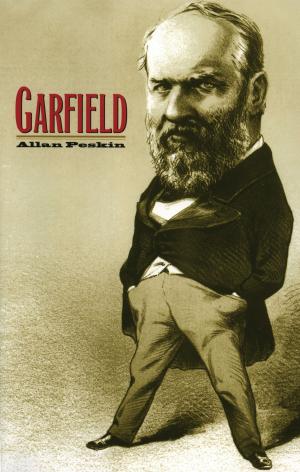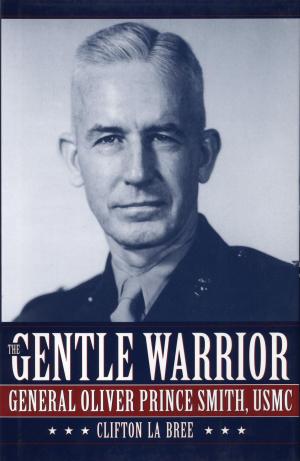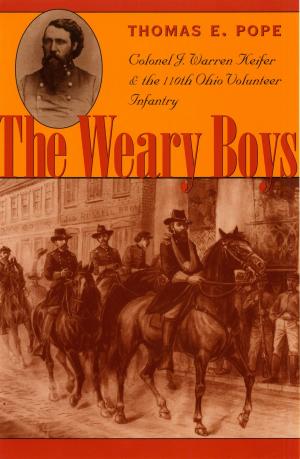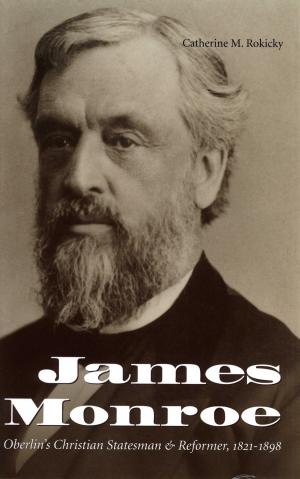Gettysburg's Other Battle
The Ordeal of an American Shrine during the First World War
Nonfiction, History, Military, World War I| Author: | Mark A. Snell | ISBN: | 9781631013416 |
| Publisher: | The Kent State University Press | Publication: | June 12, 2018 |
| Imprint: | The Kent State University Press | Language: | English |
| Author: | Mark A. Snell |
| ISBN: | 9781631013416 |
| Publisher: | The Kent State University Press |
| Publication: | June 12, 2018 |
| Imprint: | The Kent State University Press |
| Language: | English |
Gettysburg is known as the second bloodiest battle of the 19th century and as the site of Abraham Lincoln's 1863 speech that gave new meaning to America's Civil War. By the turn of the next century, the battlefield was enshrined as a national park under the jurisdiction of the War Department. In 1913, graying veterans commemorated the fiftieth anniversary of the momentous battle, dubbed the "Peace Jubilee," a unity celebration largely administered by the U.S. Army. Four years later, the Army returned to establish a Regular Army infantry-training cantonment on the battlefield. The Tank Corps took over in 1918, and the area was dubbed "Camp Colt."
Gettysburg's Other Battle is the account of Gettysburg's citizens and its tens of thousands of temporary guests during the Great War, a drama that took place on the most significant stage in American historical memory. It goes beyond the story of the training camps by using the Great War as a window-in-time to examine a unique community, one in the throes of modernization while at the same time trying to capitalize on, yet preserve a part of, the nation's past.
Gettysburg's residents, like all Americans during World War I, experienced measures such as conscription, food conservation, and censorship. As the nation applied Progressive reforms to the war effort, Gettysburg followed suit. Unlike other American towns and cities that hosted mobilization camps, Gettysburg was hallowed ground, and an earlier generation already had felt the ravages of war like few other American communities. Gettysburg was desecrated both unwittingly and intentionally-it took years for the national park to recover from this environmental catastrophe. Today, the only reminders of Gettysburg's Great War heritage are a tiny marker, memorial tree, and wayside exhibit to commemorate Camp Colt, along with a small exhibit in the museum. Had Ike Eisenhower not commanded that camp in 1918, it doubtless would not be remembered at all.
Gettysburg is known as the second bloodiest battle of the 19th century and as the site of Abraham Lincoln's 1863 speech that gave new meaning to America's Civil War. By the turn of the next century, the battlefield was enshrined as a national park under the jurisdiction of the War Department. In 1913, graying veterans commemorated the fiftieth anniversary of the momentous battle, dubbed the "Peace Jubilee," a unity celebration largely administered by the U.S. Army. Four years later, the Army returned to establish a Regular Army infantry-training cantonment on the battlefield. The Tank Corps took over in 1918, and the area was dubbed "Camp Colt."
Gettysburg's Other Battle is the account of Gettysburg's citizens and its tens of thousands of temporary guests during the Great War, a drama that took place on the most significant stage in American historical memory. It goes beyond the story of the training camps by using the Great War as a window-in-time to examine a unique community, one in the throes of modernization while at the same time trying to capitalize on, yet preserve a part of, the nation's past.
Gettysburg's residents, like all Americans during World War I, experienced measures such as conscription, food conservation, and censorship. As the nation applied Progressive reforms to the war effort, Gettysburg followed suit. Unlike other American towns and cities that hosted mobilization camps, Gettysburg was hallowed ground, and an earlier generation already had felt the ravages of war like few other American communities. Gettysburg was desecrated both unwittingly and intentionally-it took years for the national park to recover from this environmental catastrophe. Today, the only reminders of Gettysburg's Great War heritage are a tiny marker, memorial tree, and wayside exhibit to commemorate Camp Colt, along with a small exhibit in the museum. Had Ike Eisenhower not commanded that camp in 1918, it doubtless would not be remembered at all.
